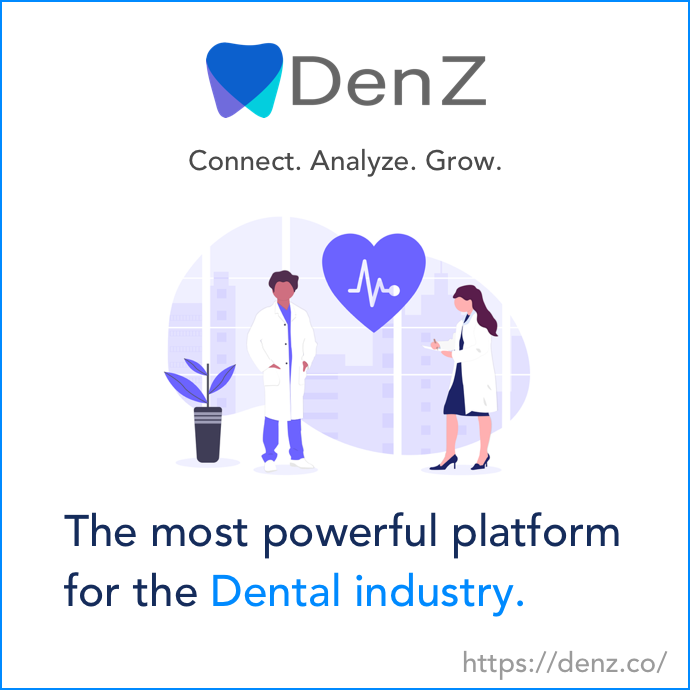Suppose an AI assistant fails to answer a question about current events or provides outdated information in a critical situation. This scenario, while increasingly rare, reflects the importance of keeping Large Language Models (LLMs) updated. These AI systems, powering everything from customer service chatbots to advanced research tools, are only as effective as the data they understand. In a time when information changes rapidly, keeping LLMs up-to-date is both challenging and essential.
The rapid growth of global data creates an ever-expanding challenge. AI models, which once required occasional updates, now demand near real-time adaptation to remain accurate and trustworthy. Outdated models can mislead users, erode trust, and cause businesses to miss significant opportunities. For example, an outdated customer support chatbot might provide incorrect information about updated company policies, frustrating users and damaging credibility.
Addressing these issues has led to the development of innovative techniques such as Retrieval-Augmented Generation (RAG) and Cache Augmented Generation (CAG). RAG has long been the standard for integrating external knowledge into LLMs, but CAG offers a streamlined alternative that emphasizes efficiency and simplicity. While RAG relies on dynamic retrieval systems to access real-time data, CAG eliminates this dependency by employing preloaded static datasets and caching mechanisms. This makes CAG particularly suitable for latency-sensitive applications and tasks involving static knowledge bases.
The Importance of Continuous Updates in LLMs
LLMs are crucial for many AI applications, from customer service to advanced analytics. Their effectiveness relies heavily on keeping their knowledge base current. The rapid expansion of global data is increasingly challenging traditional models that rely on periodic updates. This fast-paced environment demands that LLMs adapt dynamically without sacrificing performance.
Cache-Augmented Generation (CAG) offers a solution to these challenges by focusing on preloading and caching essential datasets. This approach allows for instant and consistent responses by utilizing preloaded, static knowledge. Unlike Retrieval-Augmented Generation (RAG), which depends on real-time data retrieval, CAG eliminates latency issues. For example, in customer service settings, CAG enables systems to store frequently asked questions (FAQs) and product information directly within the model’s context, reducing the need to access external databases repeatedly and significantly improving response times.
Another significant advantage of CAG is its use of inference state caching. By retaining intermediate computational states, the system can avoid redundant processing when handling similar queries. This not only speeds up response times but also optimizes resource usage. CAG is particularly well-suited for environments with high query volumes and static knowledge needs, such as technical support platforms or standardized educational assessments. These features position CAG as a transformative method for ensuring that LLMs remain efficient and accurate in scenarios where the data does not change frequently.
Comparing RAG and CAG as Tailored Solutions for Different Needs
Below is the comparison of RAG and CAG:
RAG as a Dynamic Approach for Changing Information
RAG is specifically designed to handle scenarios where the information is constantly evolving, making it ideal for dynamic environments such as live updates, customer interactions, or research tasks. By querying external vector databases, RAG fetches relevant context in real-time and integrates it with its generative model to produce detailed and accurate responses. This dynamic approach ensures that the information provided remains current and tailored to the specific requirements of each query.
However, RAG’s adaptability comes with inherent complexities. Implementing RAG requires maintaining embedding models, retrieval pipelines, and vector databases, which can increase infrastructure demands. Additionally, the real-time nature of data retrieval can lead to higher latency compared to static systems. For instance, in customer service applications, if a chatbot relies on RAG for real-time information retrieval, any delay in fetching data could frustrate users. Despite these challenges, RAG remains a robust choice for applications that require up-to-date responses and flexibility in integrating new information.
Recent studies have shown that RAG excels in scenarios where real-time information is essential. For example, it has been effectively used in research-based tasks where accuracy and timeliness are critical for decision-making. However, its reliance on external data sources means that it may not be the best fit for applications needing consistent performance without the variability introduced by live data retrieval.
CAG as an Optimized Solution for Consistent Knowledge
CAG takes a more streamlined approach by focusing on efficiency and reliability in domains where the knowledge base remains stable. By preloading critical data into the model’s extended context window, CAG eliminates the need for external retrieval during inference. This design ensures faster response times and simplifies system architecture, making it particularly suitable for low-latency applications like embedded systems and real-time decision tools.
CAG operates through a three-step process:
(i) First, relevant documents are preprocessed and transformed into a precomputed key-value (KV) cache.
(ii) Second, during inference, this KV cache is loaded alongside user queries to generate responses.
(iii) Finally, the system allows for easy cache resets to maintain performance during extended sessions. This approach not only reduces computation time for repeated queries but also enhances overall reliability by minimizing dependencies on external systems.
While CAG may lack the ability to adapt to rapidly changing information like RAG, its straightforward structure and focus on consistent performance make it an excellent choice for applications that prioritize speed and simplicity when handling static or well-defined datasets. For instance, in technical support platforms or standardized educational assessments, where questions are predictable, and knowledge is stable, CAG can deliver quick and accurate responses without the overhead associated with real-time data retrieval.
Understand the CAG Architecture
By keeping LLMs updated, CAG redefines how these models process and respond to queries by focusing on preloading and caching mechanisms. Its architecture consists of several key components that work together to enhance efficiency and accuracy. First, it begins with static dataset curation, where static knowledge domains, such as FAQs, manuals, or legal documents, are identified. These datasets are then preprocessed and organized to ensure they are concise and optimized for token efficiency.
Next is context preloading, which involves loading the curated datasets directly into the model’s context window. This maximizes the utility of the extended token limits available in modern LLMs. To manage large datasets effectively, intelligent chunking is utilized to break them into manageable segments without sacrificing coherence.
The third component is inference state caching. This process caches intermediate computational states, allowing for faster responses to recurring queries. By minimizing redundant computations, this mechanism optimizes resource usage and enhances overall system performance.
Finally, the query processing pipeline allows user queries to be processed directly within the preloaded context, completely bypassing external retrieval systems. Dynamic prioritization can also be implemented to adjust the preloaded data based on anticipated query patterns.
Overall, this architecture reduces latency and simplifies deployment and maintenance compared to retrieval-heavy systems like RAG. By using preloaded knowledge and caching mechanisms, CAG enables LLMs to deliver quick and reliable responses while maintaining a streamlined system structure.
The Growing Applications of CAG
CAG can effectively be adopted in customer support systems, where preloaded FAQs and troubleshooting guides enable instant responses without relying on external servers. This can speed up response times and enhance customer satisfaction by providing quick, precise answers.
Similarly, in enterprise knowledge management, organizations can preload policy documents and internal manuals, ensuring consistent access to critical information for employees. This reduces delays in retrieving essential data, enabling faster decision-making. In educational tools, e-learning platforms can preload curriculum content to offer timely feedback and accurate responses, which is particularly beneficial in dynamic learning environments.
Limitations of CAG
Though CAG has several benefits, it also has some limitations:
- Context Window Constraints: Requires the entire knowledge base to fit within the model’s context window, which can exclude critical details in large or complex datasets.
- Lack of Real-Time Updates: Cannot incorporate changing or dynamic information, making it unsuitable for tasks requiring up-to-date responses.
- Dependence on Preloaded Data: This dependency relies on the completeness of the initial dataset, limiting its ability to handle diverse or unexpected queries.
- Dataset Maintenance: Preloaded knowledge must be regularly updated to ensure accuracy and relevance, which can be operationally demanding.
The Bottom Line
The evolution of AI highlights the importance of keeping LLMs relevant and effective. RAG and CAG are two distinct yet complementary methods that address this challenge. RAG offers adaptability and real-time information retrieval for dynamic scenarios, while CAG excels in delivering fast, consistent results for static knowledge applications.
CAG’s innovative preloading and caching mechanisms simplify system design and reduce latency, making it ideal for environments requiring rapid responses. However, its focus on static datasets limits its use in dynamic contexts. On the other hand, RAG’s ability to query real-time data ensures relevance but comes with increased complexity and latency. As AI continues to evolve, hybrid models combining these strengths could define the future, offering both adaptability and efficiency across diverse use cases.
Credit: Source link








































